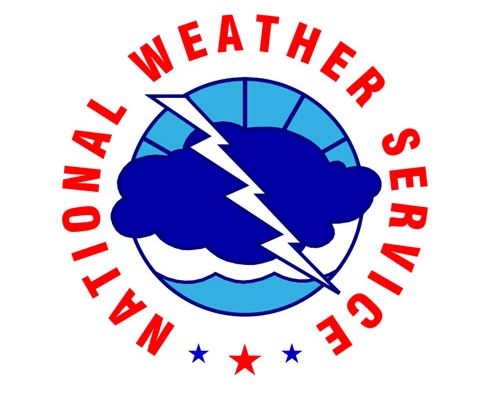
Last Updated on April 14, 2020 9:15 am
RALEIGH – Last summer, emerald ash borer (EAB) was found in Watauga County for the first time. Residents should be aware of its impacts, how to diagnose it and what can be done.
EAB is a nonnative beetle that bores into ash trees and feeds on tissues beneath the bark, ultimately killing the tree. Feeding of EAB larvae beneath the bark disrupts the movement of nutrients and water within the tree, causing the tree's death, typically in three to five years.
The signs and symptoms of EAB aren’t always immediately noticeable because EAB damages the inside of the tree. The signs and symptoms of EAB infestation include thinning and dying crowns; small, 1/8-inch D-shaped exit holes where adult beetles emerged from the trees; galleries beneath the bark; increased woodpecker activity that causes the tree to look like it is losing patches of bark; and epicormic sprouting, or sprouting from the main stem of the tree. Adult EAB beetles are metallic green and about a half-inch long and 1/8-inch wide. If their wing covers are pried up, their bodies are a metallic purple-red color. In North Carolina, the adult EAB is typically active from late spring and early summer, likely April through June. EAB larvae may be found under the bark of the tree from midsummer to winter.
Host plants include all native ash trees and native white fringetree. The Chinese fringetree, often planted for ornamental purposes, is believed to be resistant. Unless treated, ash native trees are expected to be killed by this pest. In our forest settings alone, 258 million ash trees are at risk. This does not include the countless ash planted in urban areas.
To protect high-value ash trees, landowners can treat trees with insecticides. If over half the canopy is dead, removal is recommended. For additional resources on managing EAB, visit this link.
EAB has been found in 55 counties in the state and will continue to spread. EAB has been found in the following North Carolina counties: Alamance, Alleghany, Ashe, Avery, Buncombe, Burke, Cabarrus, Caldwell, Caswell, Catawba, Chatham, Cherokee, Davidson, Davie, Durham, Forsyth, Franklin, Gaston, Graham, Granville, Guilford, Halifax, Haywood, Henderson, Iredell, Jackson, Johnston, Lenoir, Lincoln, Macon, Madison, McDowell, Mecklenburg, Mitchell, Nash, Orange, Person, Polk, Randolph, Rockingham, Rowan, Rutherford, Stokes, Surry, Swain, Transylvania, Vance, Wake, Warren, Watauga, Wayne, Wilkes, Wilson, Yadkin and Yancey. A map showing emerald ash borer detections throughout North Carolina is available here.
The spread of invasive insects in the state is often due to human activity through the transportation of infested wood products such as firewood. It is strongly recommended that people burn local firewood, within 50 miles of where it was cut, or treated firewood when possible. The entire state of North Carolina is under a quarantine for EAB which prohibits the movement of ash plant parts, the insect itself, ash nursery stock and all hardwood firewood into nonquarantined areas. To view current federal EAB quarantines, visit this link.
People who suspect there is an infested tree in an area near them should contact their county ranger. The contact information can be found online here, under the links in the “contacts” heading. For more information about EAB, visit ncforestservice.gov and follow the links under the “Forest Health” section.



















